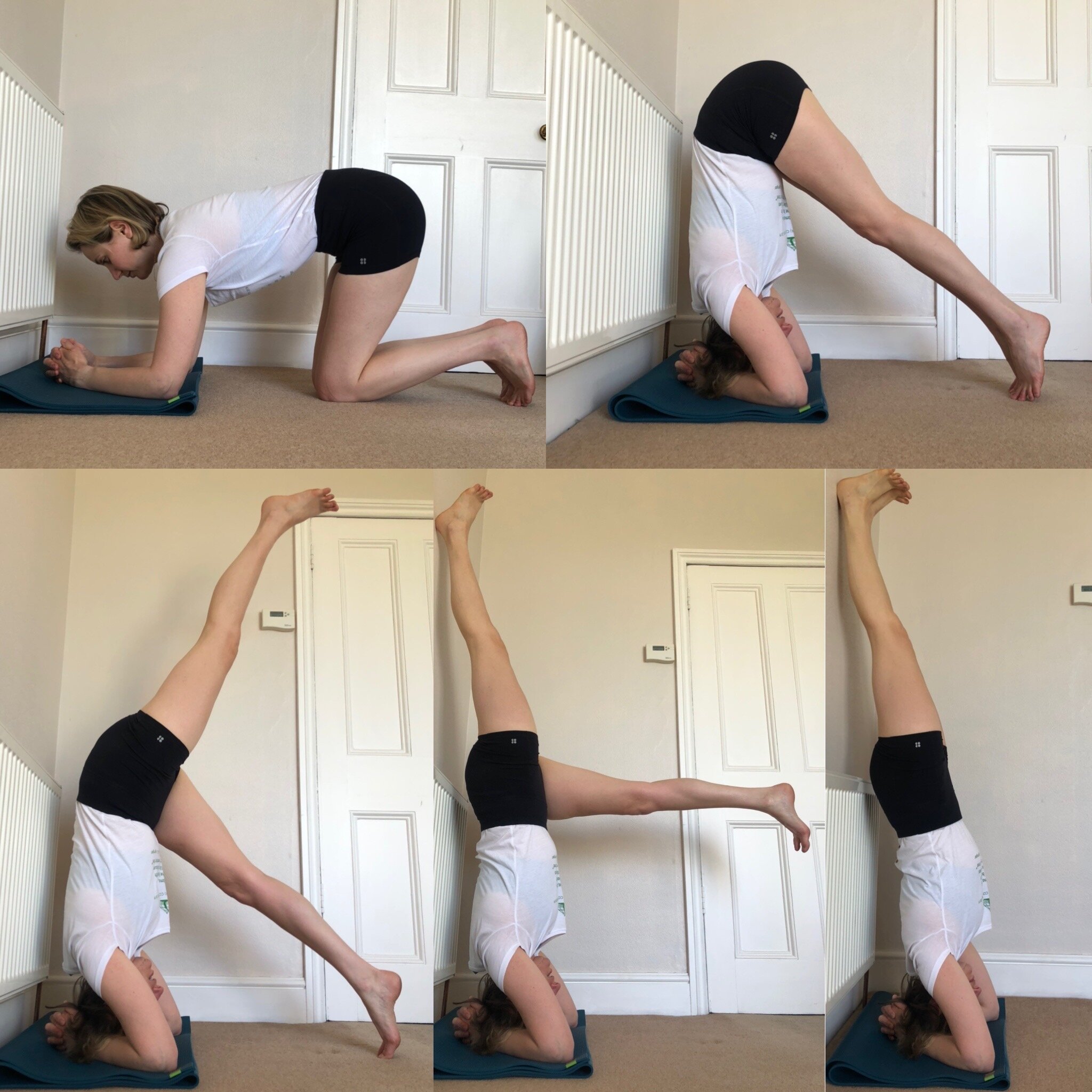Hi,
Last month I talked about how to keep calm and carry on doing yoga as our everyday lives were being radically changed by the pandemic sweeping the world.
We are now a month into lockdown. During this period most of us have had ups and downs. We have come out of our homes and clapped the NHS three times, feeling part of a national outpouring of gratitude to the amazing people who are on the frontline of tackling this health crisis.
We have also tutted to each other about this or that person not sticking to the rules of social distancing.
We have also heard of or had someone close to us, affected by this terrible disease, perhaps even fatally. The reality of why we are all doing this then hits home and we realise this is no game.
But most of the time the humdrum routines of daily life are a distracting comfort. Our small kids still need almost constant attention, we’re trying to work, exercise, eat, chill out - and all in the same space.
So for many of us, the yoga that we dip into as part of our busy weeks has become that bit more important – a touchstone. And I'm thrilled to report that many more of you have got in touch to say that you've been doing more of a home practice.
Practicing Inversions at Home
Quite a few of you have mentioned that you’d like to practice inversions at home, but don’t really have the confidence yet.
Practicing headstand (Salamba Sirsasana) is an ongoing journey. It takes years to work on your headstand until you feel as solid as a rock in the centre of any room.
Part of that journey is a physical one - practice, practice and more practice, as well as strengthening the body and opening the shoulders. But it is also a mental journey as headstand is always accompanied by THE FEAR.
Inversions - and why they're important
There are many benefits to inversions and they are the keystone to most Iyengar yoga classes. Headstand and shoulderstand:
Build stamina
Alleviate insomnia
Strengthen the lungs
Relieve the symptoms of colds, coughs and tonsillitis
Help with a normal digestive system
PLUS:
Rejuvenate the brain
Enhance clarity of thought
Increase your concentration span and sharpen memory
PLUS:
Keep you looking and feeling younger
There's no rush
The Iyengar Yoga rule of thumb is that you need to be able to do a good (for good, read not shaking or feeling exhausted) shoulderstand for at least 5 minutes, and have a good grasp of the standing poses.
Once your teacher thinks that you've got both of those, and as long as you don't have underlying health issues*, which means that headstands are not a good idea for you, then it's time to have a go.
Ideally, it's best to start doing headstands in the classroom. That way the teacher will be able to assess your pose and give you instructions as to how to improve your pose, plus get you up and down safely.
However, in the situation that we’re in at the moment, as long as you have been practicing yoga for a while, then you should be ok to do a headstand.
Poses to Prep for Inversions
Poses that prepare the body for the inversions, are all the standing forward bends, as well as downward dog. It's also good to stretch and open the shoulders and hamstrings, as tightness in these areas can restrict the lift of the spine in the inversions.
A successful headstand depends on two things: your ability to lift the body up and out of the shoulders and away from the neck, and the correct alignment of the spine.
How to go up into headstand for a beginner. Do get as close to the wall as you can - I had a radiator in the way!
This is why we work on lengthening the sides of the neck, drawing the tops of the shoulders away from the ears in simple standing poses, such as Urdhva Baddanguliyasana in Tadasana (upward-facing interlocked hands in mountain pose).
Step-by-Step
It’s important to get the foundation of your pose secure first. The fingers are deeply interlocked, but not gripping. The outer edges of the forearms press down, and the crown of the head (towards the back of the head) is placed down on the floor. If the head is placed too near the forehead, the spine will have to arch to compensate.
See below for the step-by-step guide to going up into headstand for a beginner:
Once you’re confident going up like this, and you want to work on learning to balance away from the wall, it’s good to learn going up with two legs bent up together:
Watch out for these common mistakes, the first one dropping into the lumbar spine and not lifting the shoulders, the second one leaning back with the upper spine and buttocks, and the third variation showing the correct alignment of the spine, with the trunk lifting up straight, shoulders lifting and heels stretching up the wall.
Practice, Practice and more Practice
Don’t rush to kick up into headstand if you’re not confident. Practice Ardha Sirsasana (the second stage in the first set of photos), stretching the back of the legs up, and walking in till the back is straight. Once you’re confident doing that, then you’ll find it easier to lift up into the pose.
Or, you could use a chair to lift up from if you’re stiff in the hamstrings. Learn control in each stage before you progress to the next.
Don’t forget to practice a variation of shoulderstand, or setubandha if you’ve put headstand into your practice.
It’s worth the effort, as regular practice develops self-confidence, willpower and emotional stability, all of which we could do with right now.
*Shoulder or neck injury, high blood pressure, migraine headache or detached retina. Also don’t do inversions when you’re menstruating.




